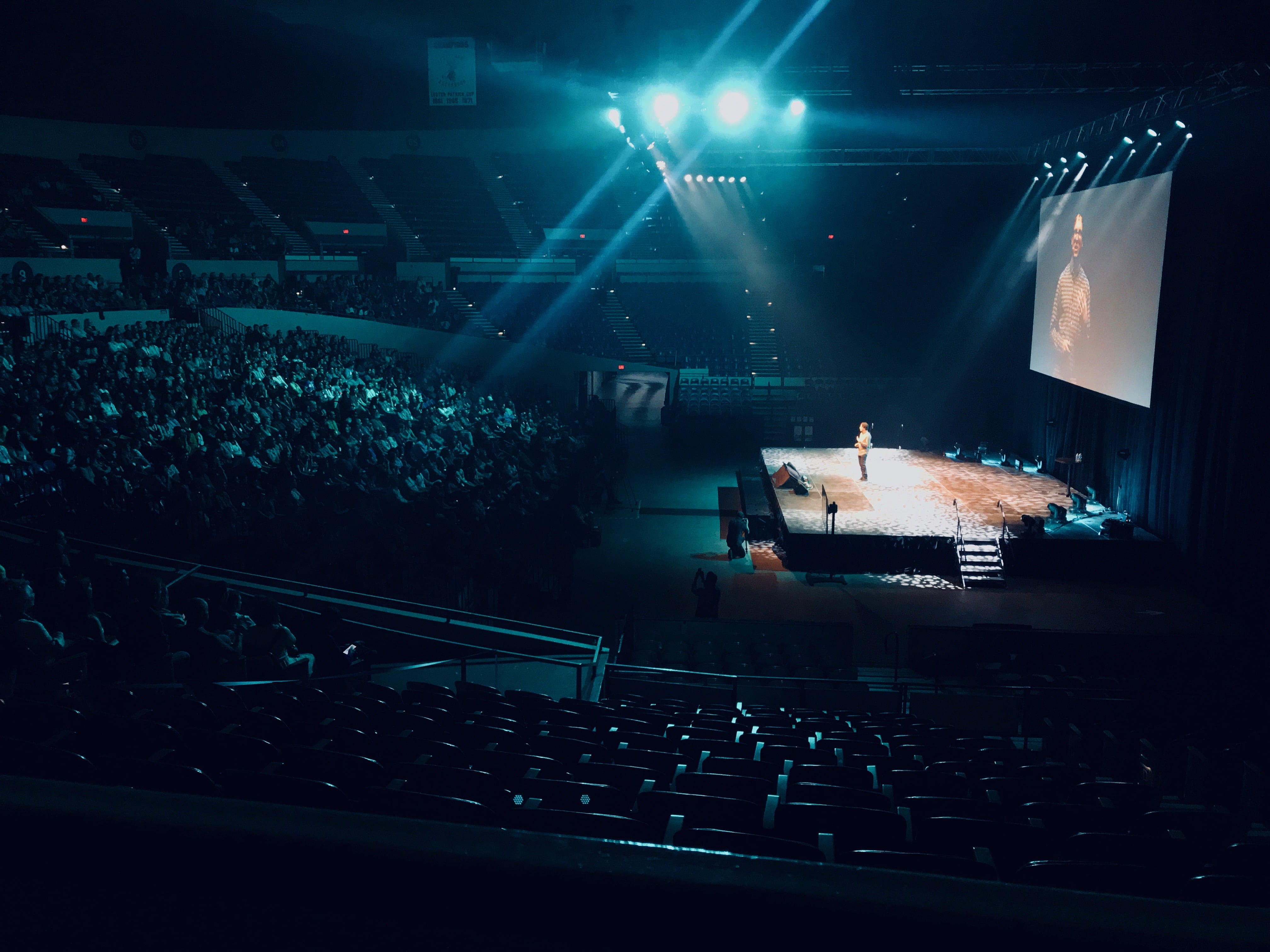An Interview With Zach Leatherman: A SmashingConf Austin Speaker
Rachel AndrewWe are so excited to be bringing SmashingConf to a new city this year. We’re bringing you SmashingConf Austin and we have a fantastic line-up of speakers.
Check out this post, where we introduce our new venue of Austin and share an interview with Miriam Suzanne. This time we have an interview with Zach Leatherman.
Zach is no stranger to the Smashing stage, and if you want to find out more about web fonts and loading strategies, you can watch his talk from SmashingConf London 2018, paired with a talk by Monica Dinculescu from SmashingConf Barcelona, “Web Fonts And Performance: SmashingConf Videos".
Also, take a look at some of the resources that Zach has made available on the subject in his archive of posts about web fonts. There is plenty to get you started, and I think you can agree that there is no-one better to help us understand the current state of font loading while we are in Austin!
Tickets Are On Sale Now!
If you want to join in the fun, tickets are on sale. Last year, we sold out three of our conferences well before the conference date, and popular workshops also fill up fast. Just saying!
 (il)
(il)



















































































